All About Sheep Wool Pillows
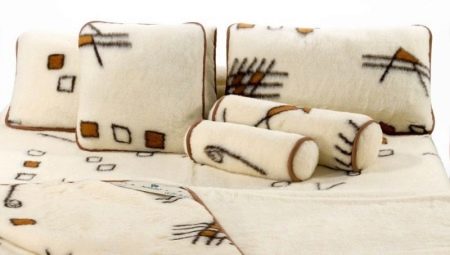
Probably, if not all, then very many have heard about the beneficial properties of sheep's wool. Today, merino wool, a well-known fine-wool breed of sheep, is actively used as a filler for pillows. Merino wool is considered the softest and highest quality. For example, from one sheep you can get 6 kg of material, therefore it is also economically profitable. Although, if we talk about pillows, it is much more important for the buyer how they sleep on them, to whom they are recommended, how to choose them, and are there any special recommendations for care.

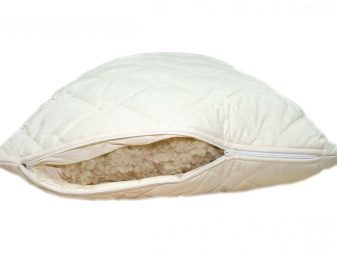
Advantages and disadvantages
Sheep fleece is delicate, rather elastic, thin, and therefore products with such a filler will also be soft and pleasant to the touch. And they get it, which is important, in a humane way: the sheep are sheared, the material is processed in a high-tech manner. Then the wool is laid out, sorted out, all defective fragments are removed, whipped, making sure that the fibers are perfectly straightened. Then they are combed out and washed, not forgetting to add delicate protective compounds.
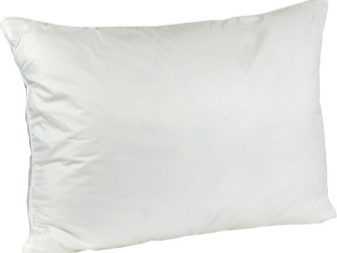
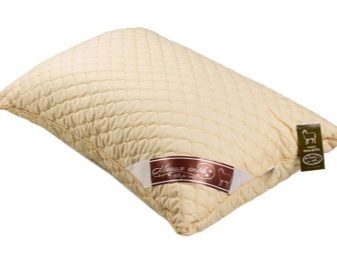
Here are the advantages of this product.
-
The material will quickly absorb moisture, but give it away just as quickly. That is, the pillow will always be dry. It can be ventilated after sleep, that's enough.
-
The material has low thermal conductivity, which means the product will serve well both in summer and in cold weather... When the pillow touches the human skin, it is as comfortable as possible from temperature.
-
If the wool is cleaned according to all the rules, it will not have any smell. But if the smell is felt right at the moment of choosing a pillow in the store, it is a fake.
-
Air perfectly walks between filler fibers, which makes the pillow "breathable".
-
Lanolin is present in sheep's wool, it is an animal wax. He is able to keep warm.This means that the pillow will help those for whom it is important to warm up the joints and muscles.
-
The structure of the filler itself is elastic, the pillow will be soft. Those who are used to sleeping only on such, otherwise normal sleep cannot be achieved.
-
Sheep's wool - eco-product.

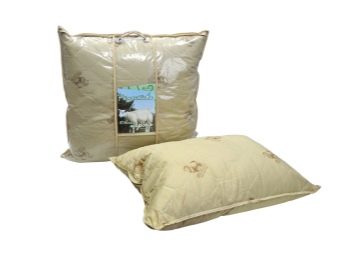
A rare product does without cons. The main disadvantage of a sheep wool pillow is that it will not last for a very long time. In this she does not compete with synthetics. That is, the pillow change will occur in about 4-5 years. It will simply lose its shape. And also this option is not suitable for people with allergies. A tick can theoretically settle in the hair villi, it causes watery eyes, makes breathing difficult, and a rash can appear on the skin. And the moth may not bypass the pillow, in which the filler is natural.
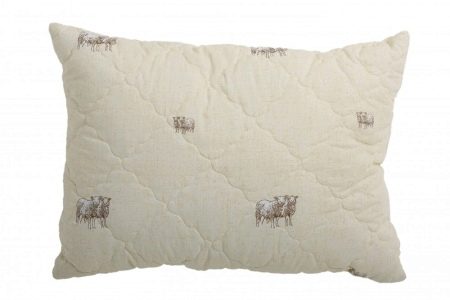
Who is it recommended for?
Once upon a time, babies were wrapped in a blanket of sheep's wool, believing that the beneficial properties of a natural product would help babies, save them from diseases. There is a certain logic in this. Yes, and modern science confirms: merino wool, containing lanolin, really has a healing effect. He, animal wax, even heals the skin, and also has a rejuvenating effect.

Who are pillows with useful fillers recommended for?
-
people suffering from sciatica, osteochondrosis, arthritis and other related diseases, in which it is important to warm up the joints;
-
those who have trouble falling asleep;
-
people whose body reacts negatively to synthetics.
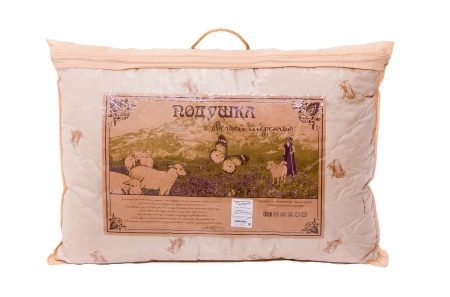
In principle, such a pillow is suitable for everyone who prefers to sleep on natural linen, trying to comply with the principles of environmental friendliness in everyday life.
Species overview
The most popular sizes - 70x70, 50x70 cm... And if natural wool always acts as a filler, then the cover can be made of spunbond, sewn from microfiber, pleasant to the touch. The top cover is usually removable for washing.
Also popular are those types of pillows that provide a clasp, and the cover where the filler is placed opens: the balls of wool can be removed if you want to make the pillow flatter.
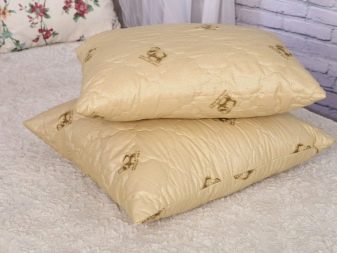
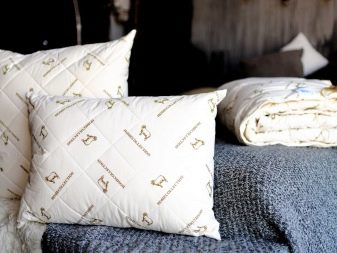
There can be several types of pillows.
-
Wool filling only. This option assumes 100% sheep wool in the composition. There are products where a small amount of synthetics is visible, due to which the shelf life of the pillow is slightly increased. Synthetics are taken so that the pillow does not settle so quickly, and so that it remains voluminous longer.
-
Pillow in pillow. Also a popular option. The inner case contains artificial filler, for example, holofiber. Lamb's wool is contained directly in the outer cover of the pillow. Such options are taken by those who are looking for a product with orthopedic properties, as well as those who cannot afford a pillow made of 100% merino wool.
-
Woolen cover. The interior of such a product can be made from natural raw materials or from synthetics. But on top of the filler, a cover is sewn, which consists entirely of sheep's wool. Such materials warm well, this is how the dry heat effect works, but, frankly, not everyone is suitable for sleeping. Skin, in contact with wool, is not always "happy": the cover can be prickly.


Sometimes you have to focus primarily on the price. Therefore, compromise options sell well too.
Popular brands
One of the most famous brands of merino wool pillows - "Rambouillet Valley"... The brand is loved by buyers for the fact that the product is domestic (for many this is important) and relatively inexpensive.
Even cheaper pillows from the company "Adamas", since they use cheaper raw materials as well. Natural raw materials are included only in the composition of the cover, there will be synthetics inside such a pillow.

And here is their competitor, the brand Mona Lisa, offers a more expensive product, but the quality of the product increases with the price. The composition can be called blended: half is sheep's wool, half is a good artificial filler. The product will last a long time.
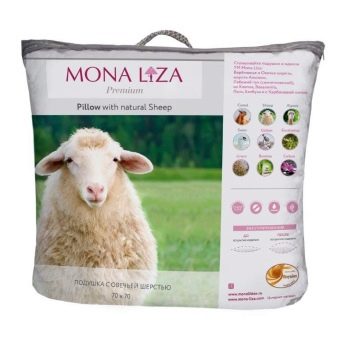
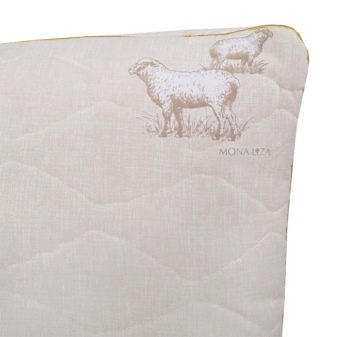
Foreign brands are much more expensive, and you may have to pay a lot for the name itself. Therefore, the main "battle for the buyer" is unfolding in the domestic market.
Selection Tips
They will not have any special tricks and specifics, but some points should be taken into account before buying.
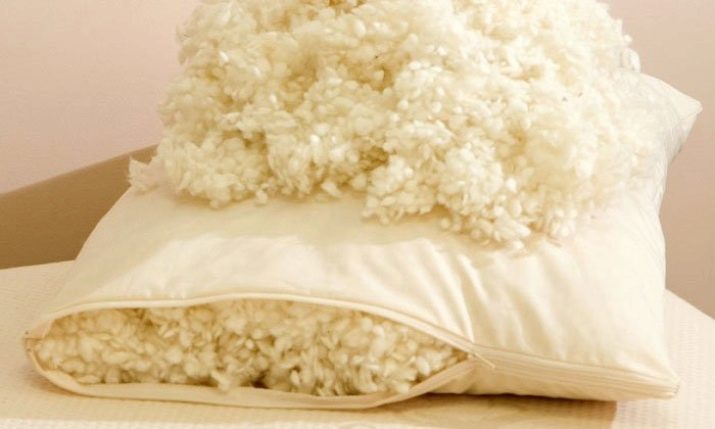
Let's take a look at how to choose a lambswool pillow.
-
You should not buy goods in places whose reputation is rather dubious. The store / seller must provide a certified product, show the buyer a certificate upon request.
-
If a strange smell comes from the pillow (it doesn't matter which one), it is better to go somewhere else. Even if the consultant assures that merino wool smells like that, and this is an indicator of the environmental friendliness of the product. Nothing of the kind, the wool is processed in such a way that no smell remains. And a good manufacturer does not use flavors either.
-
The quality of the seams also needs to be reviewed, there should be no doubt that everything is smooth, technologically advanced, and the covers are quite dense (nothing will crumble).
-
It's always worth watching the composition, because the pillow may not be 100% natural, but mixed, but the sales assistant will present the information with distortion. Alas, for the sake of sales they go for this, therefore it is better to believe your eyes.
-
There is always a guarantee for a quality product. A big doubt if the seller assures that it does not apply to pillows.

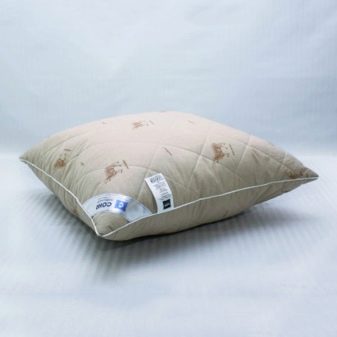
Many manufacturers attach detailed instructions to the product, which will make it easier for the buyer to care for the pillow.

Care rules
Usually, you can wash such pillows, both by hand and in a typewriter. The washing machine must be set for a delicate wash, and you can only use a liquid detergent. It is these compositions that are perfectly washed out without leaving a "chemical" smell. Alas, the smell of ordinary powder remaining on the laundry is difficult to remove.
Nevertheless, doctors recommend sleeping on linen without any smell (unless - on ventilated, with the smell of natural freshness).

Other care tips.
-
To wash the pillow by hand, the liquid detergent is added to a container of water, you need to wait until it is completely dissolved.... The pillow should sit in this water for about 15 minutes. Then it should be rinsed in clean warm water, and this should be done several times.
-
When wringing, it is absolutely impossible to twist the pillow, this can violate the integrity of the natural fibers of the filler.... To squeeze the product correctly, you need to hold your hands in the longitudinal direction, pressing a little - this is how water will come out.
-
If you don't dry your pillow properly, you have to say hello to the musty smell. And the moisture inside is the best source for the appearance of pathogenic organisms in the coat. Dry only on a horizontal plane; you can smooth the product with your hands a little. Drying should be in a place that is well ventilated.
-
Be sure to beat the product between washings, so the fibers will straighten out. The pillow should lie, gently spread it with your hands, hold it with your palm in one direction. But shaking and twisting is not an option, so the filler will only gather into lumps more quickly.
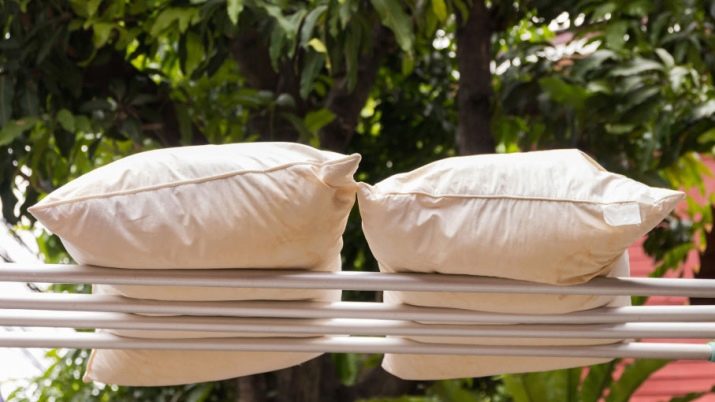
Otherwise, everything is the same as with other pillows. Store in a place where there is at least some kind of ventilation, ventilate after sleep and wash in a timely manner.










